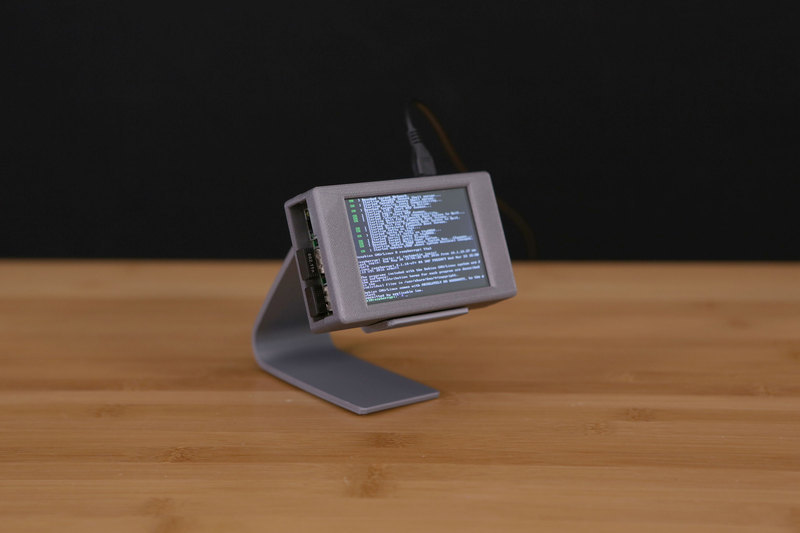What Is OctoPrint?
OctoPrint is a piece of software for the Raspberry Pi (or other platforms) that allows you to wirelessly control and monitor a 3D printer. It's host software that turns the Raspberry Pi into a server, adding a web interface. For a full list of features and functionalty, please check out the OctoPrint website.
Why Would I want OctoPrint?
Ideally, if you're tired of walking up to your printer and inserting/removing an SD card. If your 3D printer is not near your workspace (or tetherd to your desktop/laptop) and you want to quickly preheat / home axises without having to fiddle with the on-board screen (if the 3D printer even has one).
OctoPrint & Raspberry Pi
This project adds a touch screen display directly to the Raspberry Pi. An Adafruit PiTFT can be used to display the graphical interface of OctoPrint. There is no soldering or laborious assembly required - it's actually pretty easy!
Touch UI Plugin for OctoPrint
The Touch UI plugin adds a mobile friendy, responsive layout to the OctoPrint web interface. It's an easy to install add-on that auto-detects a devices screen resolution and enables large controls ideal for small touch screen displays. Check out the Touch UI plugin page for more information.








































